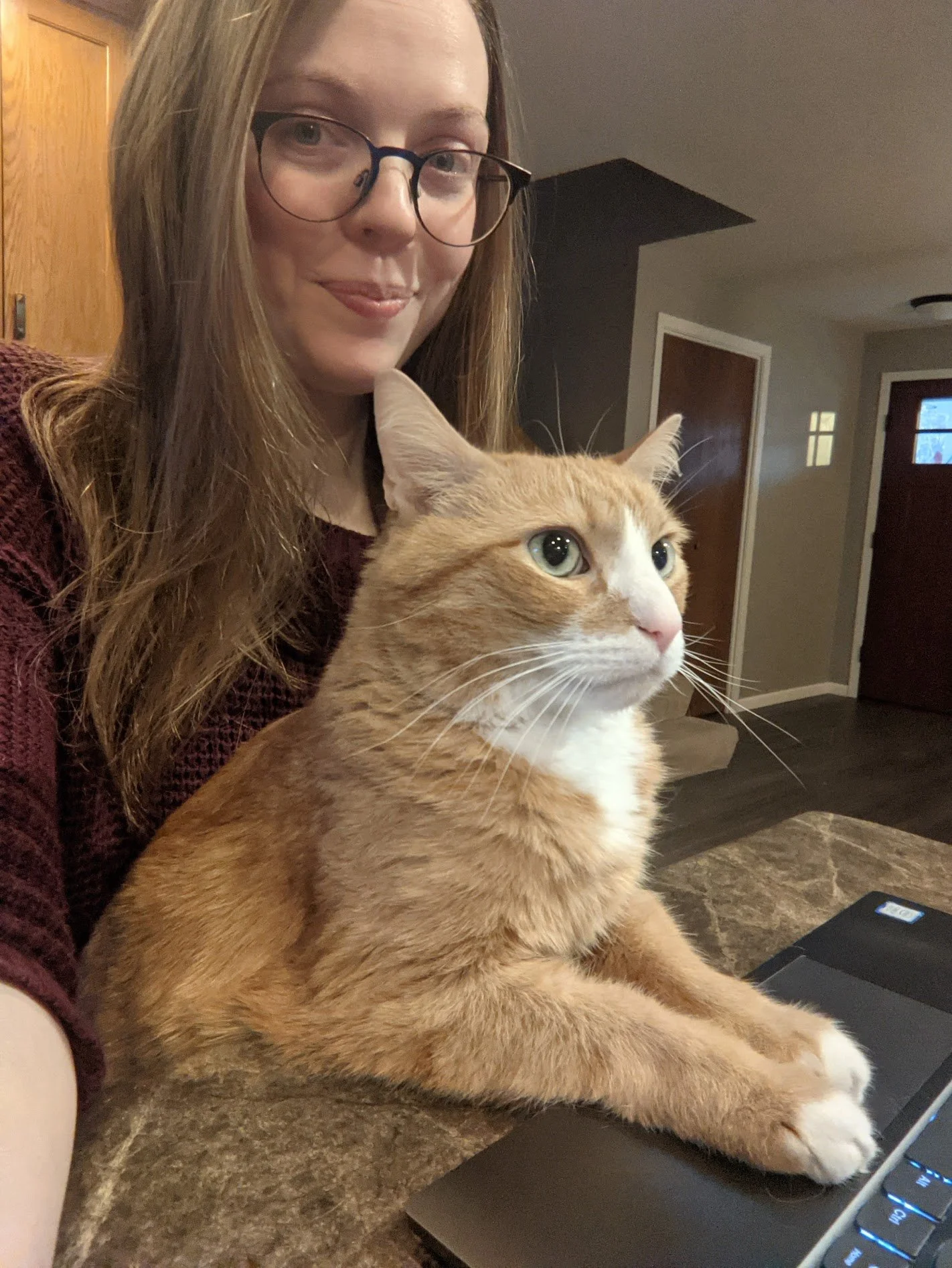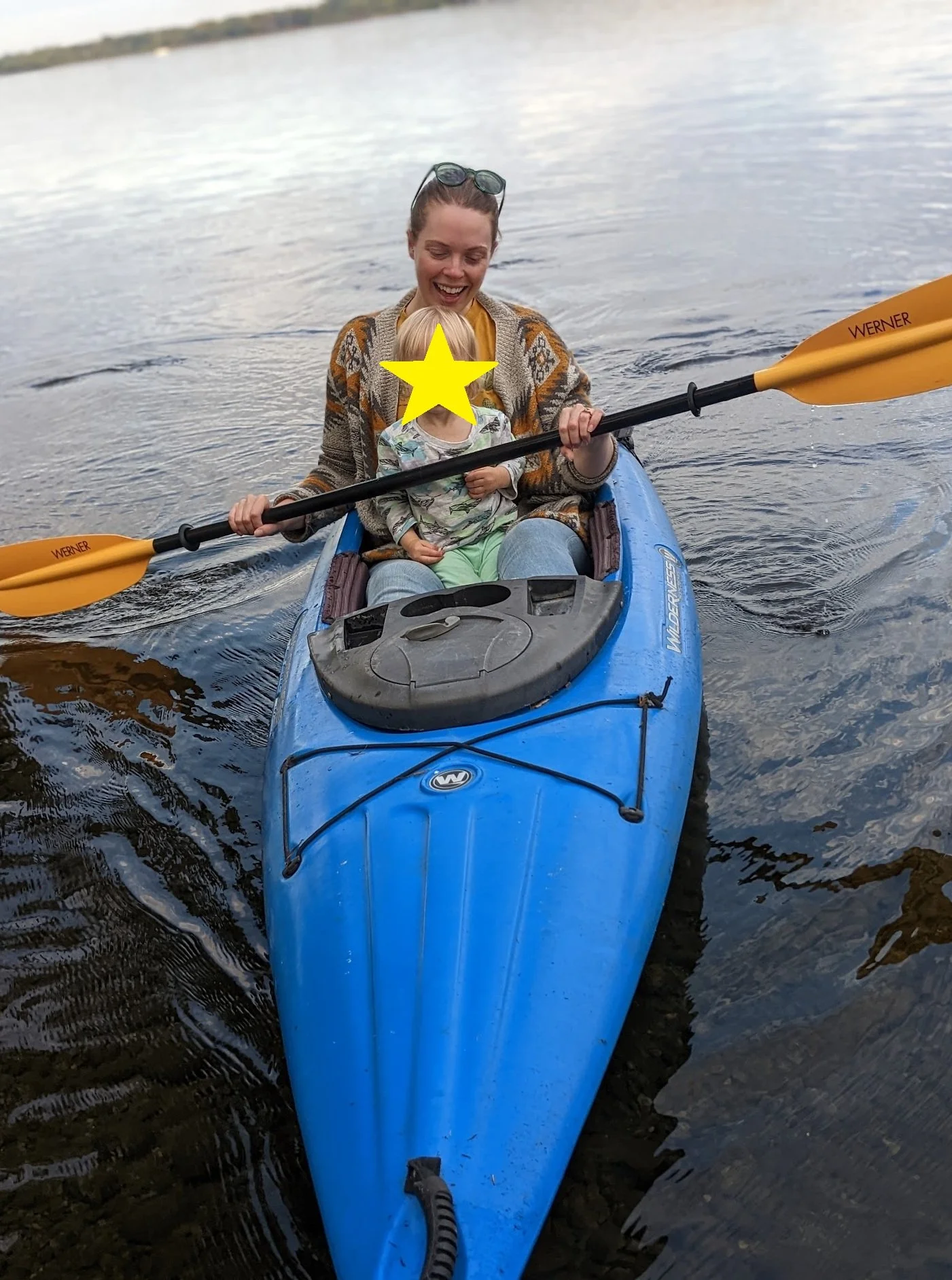What happens when critical safety and mental health information is only in English?
Imagine stepping onto a job site where you can’t fully understand your supervisor’s instructions, can’t ask questions without fear of embarrassment, and can’t connect with your coworkers because the language barrier feels like a brick wall. For many Spanish-speaking workers in high-risk industries like construction, this is reality. And the stakes impact mental health, safety, and survival.
In the U.S. construction industry—and many other high-risk sectors—Spanish is often the first language for a large part of the workforce. Yet too often, training, safety manuals, and mental health resources are only available in English. The result? A growing number of workers face avoidable risks of injury, fatality, and even suicide.
Why Language Barriers Create Psychological Distress
Chronic stress and anxiety from not understanding safety instructions or fearing mistakes that could cause injury or job loss.
Social isolation and loneliness from being excluded from conversations, camaraderie, and team culture.
Loss of psychological safety, meaning workers stay silent about hazards, near-misses, or bullying because they fear being misunderstood, ridiculed, or punished.
Systemic Failures That Keep the Problem in Place and Can Become Threat Multipliers for Occupational Hazards
Few bilingual, culturally competent mental health providers exist, and long waits exist for those that exist. Inadequate or poorly adapted materials, where even translated documents fail because they don’t reflect cultural context or use clear, plain language.
When workers can’t communicate, it’s not just a problem for them—it’s a problem for the whole team and the entire organization. Every miscommunication is a missed opportunity to prevent injury, save a life, and build a stronger workforce.
In this episode, Loretta Mulberry and I talk about what really happens when critical information gets lost in translation, how to go beyond compliance to true accessibility, and why investing in multilingual safety and mental health strategies is both the right thing to do and the smart thing to do.
Loretta Mulberry joins me to unpack the real-life consequences of language barriers in the workplace and how bridging language and cultural gaps can literally save lives.
About Loretta Mulberry
Loretta Mulberry is a passionate advocate for language accessibility on a mission to improve safety measures and expand information equity for workers with limited English proficiency. Bridging language and culture gaps within an organization ensures that everyone has the resources they need to learn effectively and work safely. Her experience working both in business and as a linguist uniquely positions her to consult large-scale organizations on their multilingual needs. She's a Language Access Consultant available for contract opportunities and lives in Wisconsin with her husband, two children, and a cat named Mr. Business.
Connect with Loretta
LinkedIn: Loretta Mulberry
In this episode, we explore questions like:
What’s the life-and-death cost of ignoring language access in safety programs?
Why is translation about more than words—and how does culture and trust factor in?
What mistakes do companies make when they think they’ve “checked the box” on translation?
How do leaders know when they’ve reached true accessibility, not just OSHA compliance?
What’s the ROI of translating safety and mental health resources for your workforce?
What can construction and other high-risk industries do today to close the gap?
Key Takeaways from Loretta
Translation is an investment in worker well-being and business success.
Language access saves lives, especially in industries with high fatality and suicide rates.
Don’t just hand it to the “bilingual guy on the crew” -- professional language service providers bring cultural nuance, accuracy, and consistency.
Start small but start now; even one translated safety document can create an immediate impact.




Mental Health Resources for the Spanish Speaking Workforce
Immediate Help & Crisis Lines
National Suicide Prevention Lifeline (Ahora en español: Red Nacional de Prevención del Suicidio)
Dial 988 and press 2. This is a direct, 24/7 service for Spanish speakers to talk with a trained crisis counselor. It's free and confidential.
Website: 988lifeline.org/es/home
Crisis Text Line (Línea de Texto para Crisis)
Text HOME to 741741 from anywhere in the US, anytime, about any type of crisis. While the initial contact is in English, you can request a Spanish-speaking counselor.
WhatsApp: You can also message them on WhatsApp for support in Spanish.
NAMI (National Alliance on Mental Illness)
Call 800-950-NAMI (6264) or text "HelpLine" to 62640. They have Spanish-speaking staff and volunteers.
Website: nami.org/Your-Journey/Identity-and-Cultural-Dimensions/Hispanic-Latinx for articles and resources in Spanish
Finding Therapy & Long-Term Support
Latinx Therapy
This organization offers a nationwide directory of Latinx therapists, as well as a podcast and workshops on mental health in the Latinx community.
Website: latinxtherapy.com
Psychology Today (Psicología Hoy)
Their extensive directory has a filter to find therapists who speak Spanish.
Website: psychologytoday.com/us/therapists/hispanic-and-latino
Informational Resources & Community Support
Mental Health America (Salud Mental América)
They offer a variety of mental health screening tools and informational articles in Spanish.
Website: https://mhanational.org/es/
SAMHSA (Substance Abuse and Mental Health Services Administration)
This U.S. government agency provides publications and a National Helpline (1-800-662-4357) with resources in Spanish for substance abuse and mental health treatment referrals.
Website: https://www.samhsa.gov/mental-health/que-es-la-salud-mental
NIMH (National Institute of Mental Health)
The NIMH has numerous brochures, fact sheets, and publications on mental health conditions available in Spanish.
Play the full episode to hear why Loretta’s “mic drop moment” is:
“By choosing to ignore the language gap in construction, we are dooming a growing part of our workforce to avoidable risk of injury, fatality, and suicide. We can do better, so let's do better.”


